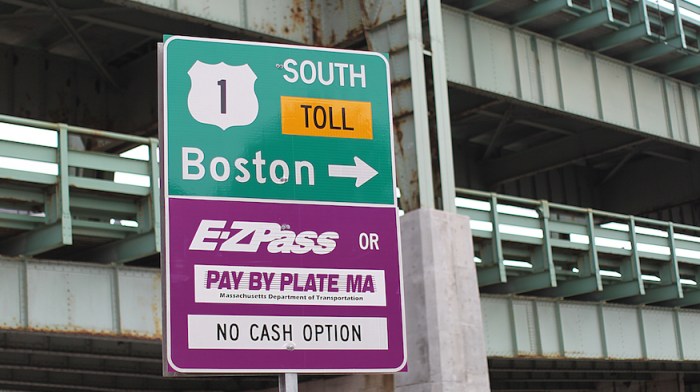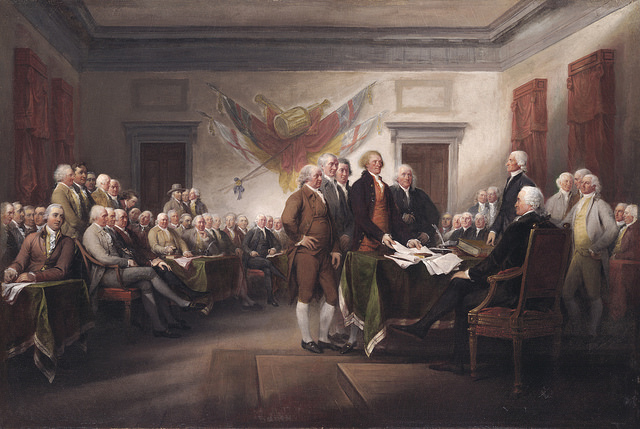Debate over raising the age to buy tobacco products to 21 has largely focused on the health risks of smoking and the ability of teenagers to obtain cigarettes from older friends, but pending legislation also restricts certain smokeless and tobacco-free products.
In addition to increasing the legal age to purchase tobacco products from 18 to 21 and prohibiting tobacco sales at pharmacies, Rep. Paul McMurtry’s bill (H 2864) would also add e-cigarettes to the definition of “tobacco product,” raise the age to purchase e-cigarettes to 21 and ban smokeless e-cigarette use in smoke-free workplaces.
E-cigarettes are battery-operated devices that vaporize a liquid that contains nicotine and sometimes flavoring and allows the user to inhale the nicotine in vapor form, rather than with smoke.
Attorney General Maura Healey in 2015 finalized regulations banning the sale of e-cigs to anyone under the age of 18 and requiring child-proof packaging for e-cigs and e-cig liquids, but Massachusetts has not taken legislative action to regulate the fairly new alternative to traditional tobacco products.
As of early 2017, a dozen states have included e-cigarettes in their definitions of tobacco products, and seven states and the District of Columbia tax e-cigarettes and/or liquid nicotine, according to the National Conference of State Legislatures.
Among public health officials, e-cigarettes are particularly concerning because the flavorings could appeal to children or teens and as youth smoking rates have declined the number of young people vaping nicotine has increased.
Dr. Lynda Young, a Worcester pediatrician who chairs the anti-smoking coalition Tobacco Free Mass., cited a December 2016 report from the Surgeon General that described e-cig use among teenagers as “an emerging public health threat” and said e-cig use could do harm to people around the user.
“E-cigs are now the most commonly used tobacco product among youth and young adults and are strongly associated with use of traditional cigarettes and other tobacco products,” Young said. “The report also states that secondhand exposure to these aerosols is not harmless and may have neurotoxic effects on the adolescent brain.”
A survey supported by the Food and Drug Administration and the Centers for Disease Control found current e-cigarette use among high school students skyrocketed from 1.5 percent in 2011 to 16 percent in 2015 — an increase of more than 900 percent in four years.
Kathryn Walsh, a senior at Hopkinton High School, told the Public Health Committee this week that even though statistics say about 16 percent of high school students use e-cigs, it seems like they are everywhere.
“I see e-cigarette use in school bathrooms, while driving on the road and among some of my friends during daily activities,” she said. “Because so many people use them, it encourages other people around them to use e-cigs as well.”
Walsh also said she believes that other high school students think that e-cigs are safer to use than traditional cigarettes, despite a lack of evidence.
“Many high schoolers wrongly assume that the nicotine in e-cigs is far less detrimental than tobacco, however it is equally as harmful,” Walsh said. “By believing in the stigma they continuously vape without realizing the consequences.”
A majority of state lawmakers support the bill — it has 104 cosponsors — and the Senate last session voted 32-2 vote to pass a substantially similar bill, though the House did not take it up.
Senate President Stanley Rosenberg, during a Wednesday interview on Boston Herald Radio, said raising the legal age to buy tobacco products is “a policy whose time, I think, has come.” Health and Human Services Secretary Marylou Sudders told Boston Herald Radio on Thursday that she, too, supports the bill.
Photo: Flickr / Vaping360



















